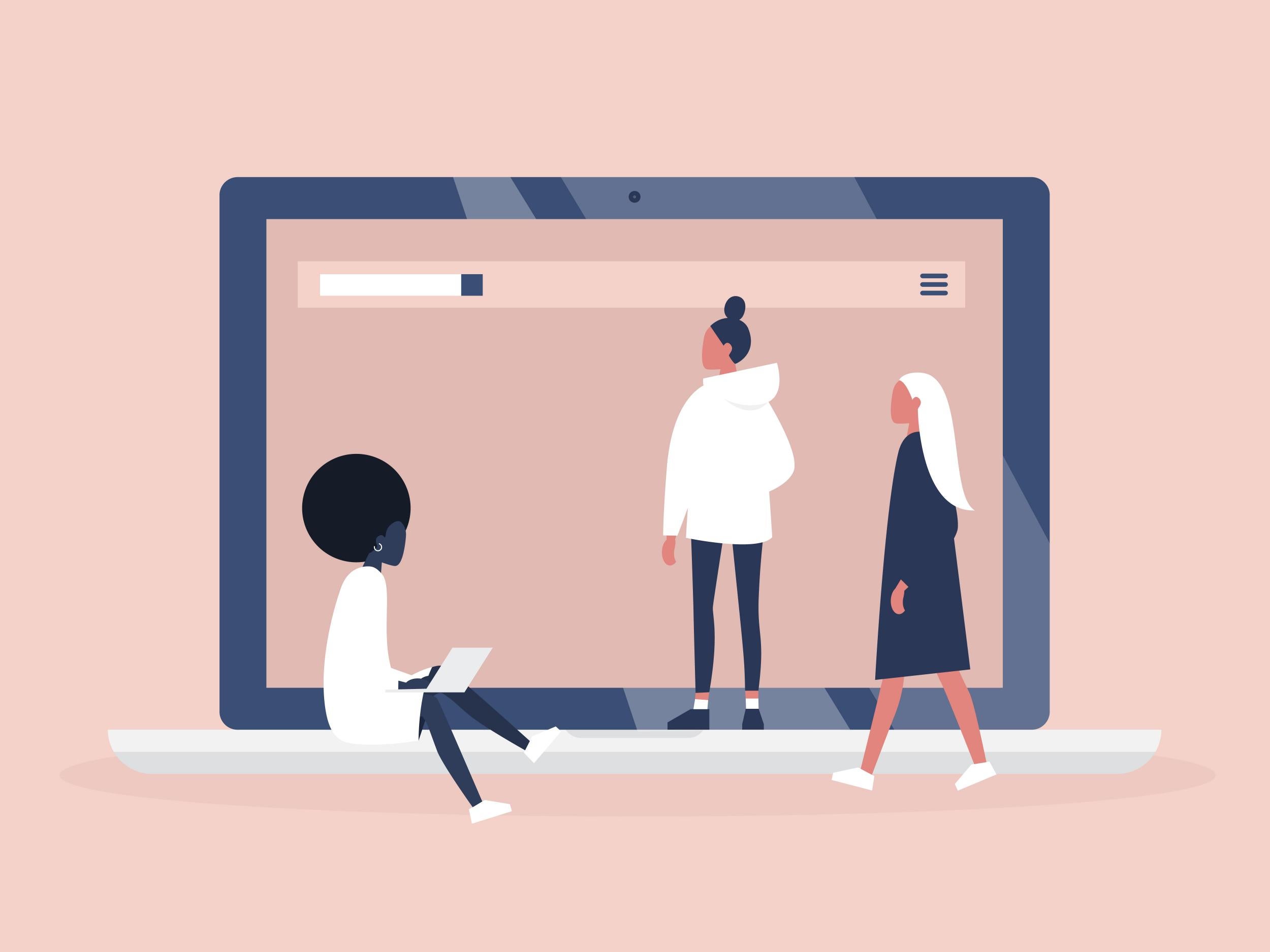More women go to university than men, so why is there still a pay gap?
The American workforce has seen a huge increase in university-educated women. This trend could help us achieve equal pay, writes Zoe Ettinger


Your support helps us to tell the story
From reproductive rights to climate change to Big Tech, The Independent is on the ground when the story is developing. Whether it's investigating the financials of Elon Musk's pro-Trump PAC or producing our latest documentary, 'The A Word', which shines a light on the American women fighting for reproductive rights, we know how important it is to parse out the facts from the messaging.
At such a critical moment in US history, we need reporters on the ground. Your donation allows us to keep sending journalists to speak to both sides of the story.
The Independent is trusted by Americans across the entire political spectrum. And unlike many other quality news outlets, we choose not to lock Americans out of our reporting and analysis with paywalls. We believe quality journalism should be available to everyone, paid for by those who can afford it.
Your support makes all the difference.This year is set to be the first in which there are more women than men in the university-educated workforce in America. Finally, equality has arrived in at least one country! Well, not exactly.
Statistics released by Pew Research Global revealed that 29.5 million working American women aged 25 and older have at minimum a bachelor’s degree, compared to 29.3 million American men.
But even accurate statistics can be misleading. They portray data unilaterally, and for issues such as gender parity, a holistic solution is the only way to address the problem.
Significant inequalities are still in place in America and the rest of the world. The gender pay gap still exists, men still dominate certain professions and women still report being treated unfairly because of their gender. According to the World Economic Forum (WEF), sectors such as finance, technology, media and entertainment are still dominated by men, with only 30 per cent female workers, while only 9 per cent have female CEOs.
Women of colour are subject to further barriers at work; they experience microaggressions, double standards and unconscious bias. They’re also the most likely to experience workplace harassment, and these factors can contribute to them making up just 4 per cent of senior positions.
In a speech at Leeds University last year, MP Harriet Harman, 68, noted that when she ran for office in 1982, there were only 19 women MPs out of 650. “So the ‘quota’, if you like, was around 3 per cent,” she said. We’ve come a long way since then, but less than a third of today's MPs are female. Even these numbers are skewed, however, as Labour is 45 per cent women while the Tories are only 21 per cent.
The fact is that women are still underrepresented in key industries. It was only in January of this year that female MPs were granted maternity leave. When she was in parliament, Harman felt she had to hide her pregnancies, her unborn child an unwelcome interloper in the House of Commons.
Though many companies and government bodies have made great inroads when it comes to maternity and paternity leave, women still report being treated unfairly at work.
So it's important to delve beyond simple statistics to uncover the reality of gender parity. After all, politicians and advertising agencies constantly use misleading statistics to curry public favour. Dropping in a percentage or two may make them sound trustworthy, but numbers never tell the full story.
The women featured in this article have shared their experiences in the workplace to help paint a picture beyond the data.
Lily Sharp, 21, works at a media/entertainment firm as an assistant producer. She says though her firm is now “51 per cent women”, the firm was mostly men when she began, and all those in senior positions were men. “When I first started interning, I felt like being young and being female made people take me less seriously,” she says. “The clothes I wore and how I presented myself on certain days changed how people acted around me and often treated me better the more ‘dolled up’ I was, which felt gross.”
Sharp is not alone. A WEF survey revealed that 44 per cent of women say unconscious bias among managers was a significant barrier to gender parity in the workplace. Other barriers include societal pressures and lack of role models.
Helen James, 40, is a corporate finance partner at HW Fisher – she tells me about the importance of female role models at work. She believes that employing women in more senior positions will help close the gender pay gap, and that employers have a responsibility to ensure promotion pathways are open, especially for younger women. “I personally always try to champion more junior women within HW Fisher and aim to instigate changes that will have a positive influence on diversity at the top.”
People like James are important for women in the financial industry, which remains one of the worst for equal pay. Last March, it was revealed that investment bank Goldman Sachs International had a gender pay gap of 50.6 per cent. However, in the UK, it is now a legal requirement for companies with 250 or more employees to disclose how they pay men and women. When this first came into law last year, it was revealed that from 10,000 large firms, nearly eight out of 10 paid men more than women.
Alexandra, 30, a publisher at a media agency, recalls finding out that a man was being paid more for the same work. “When I left my last job, a male assistant took over who was much younger than me and less qualified, and he ended up being paid more than my final going-out salary at his entry-level salary because he pushed for it.” A poll in April by CV-Library found that two out of three men would be comfortable asking their employer for higher pay, compared with just two in five women. Men were also statistically more likely to receive that pay rise than women.
So is the increase in American women in the university-educated workforce contributing to a narrowing gender pay gap? In response to the data, a spokesperson for the Pew Research Centre said that substantial progress has been made in the past 40 years. “Relative to their male counterparts, female workers have upgraded their educational credentials and labour market experience and that has likely been an important contributor to narrowing the gender wage gap,” they said. “Assuming that employers continue to value college-educated workers, women’s growing advantage in educational attainment will likely contribute to further narrowing of the overall pay gap.”
Closing the gender pay gap is one step to women’s equality in the workforce. Until women occupy more senior roles and receive fair and equal treatment, 1950s images of female homemakers will remain in the rear window. Picture a CEO. Did you see a man? There’s the problem.
Join our commenting forum
Join thought-provoking conversations, follow other Independent readers and see their replies
Comments